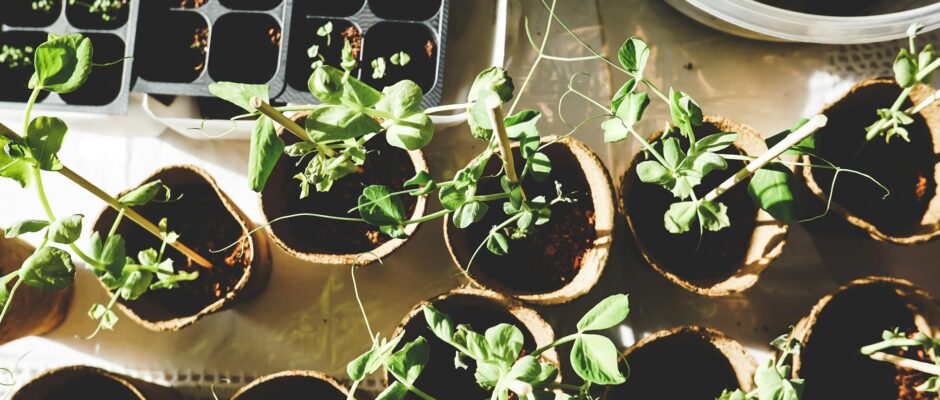Top 5 Tech Remote Gardening Tools While You’re Away!
Ever want to go on a vacation but stop at the fear of having your day and night toil of working on your plants be wasted within two nights? Well, tech has ensured you go on your beach day without worry! Here are the top 5 tech remote gardening tools that allow you to remotely monitor, water, and even weed your garden. 1. Smart Irrigation Controllers: These aren’t your average sprinklers. Smart irrigation controllers use Wi-Fi to adjust watering schedules depending on plant demands, local weather, and real-time soil moisture data. Some models even learn over time to optimize watering efficiency. Benefits: Conserve water, prevent overwatering, and adjust to weather changes automatically. 2. Remote Plant Monitoring Systems: These clever devices use sensors to gather crucial data about your plants’ environment, including soil moisture, light levels, temperature, and humidity. You can access this information in real-time using a smartphone app to make watering and modification decisions from miles away. Benefits: Early problem detection (pests, disease), data-driven plant care decisions. 3. Robotic Lawn Mowers: Do you love a manicured lawn but hate the chore? Robotic lawnmowers are the answer. These autonomous devices quietly mow your lawn on a schedule you set, returning to their base station to recharge when needed. Benefits: Save time, consistent mowing, quieter than traditional mowers. 4. Smart Grow Lights: These app-controlled lights that mimic natural sunlight are next on the top 5 tech remote gardening tools list. Smart grow lights are customizable and are perfect for indoor plants or areas with limited light. Benefits: Support indoor plant growth year-round, independent of light. 5. Weeding Robots: Weeding is nobody’s favorite task. Robotic weeders use cameras and AI technology to identify and remove weeds without harming your desired plants. Benefits: Less manual labor, eco-friendly (reduces herbicide need). Choosing the Right Tech Tools for Your Garden The best devices for your garden from the top 5 tech remote gardening tools depend on your needs. Consider these factors: Conclusion Technology is transforming how we care for our gardens, making it easier to keep plants thriving even when we can’t be there in person. Whether you’re a frequent traveler or simply want to streamline your gardening tasks, these top 5 tech remote gardening tools offer convenience, efficiency, and peace of mind. Remember: Even with the best tech, having a trusted friend or neighbor check on your plants periodically is still a good idea, especially during extended absences.









